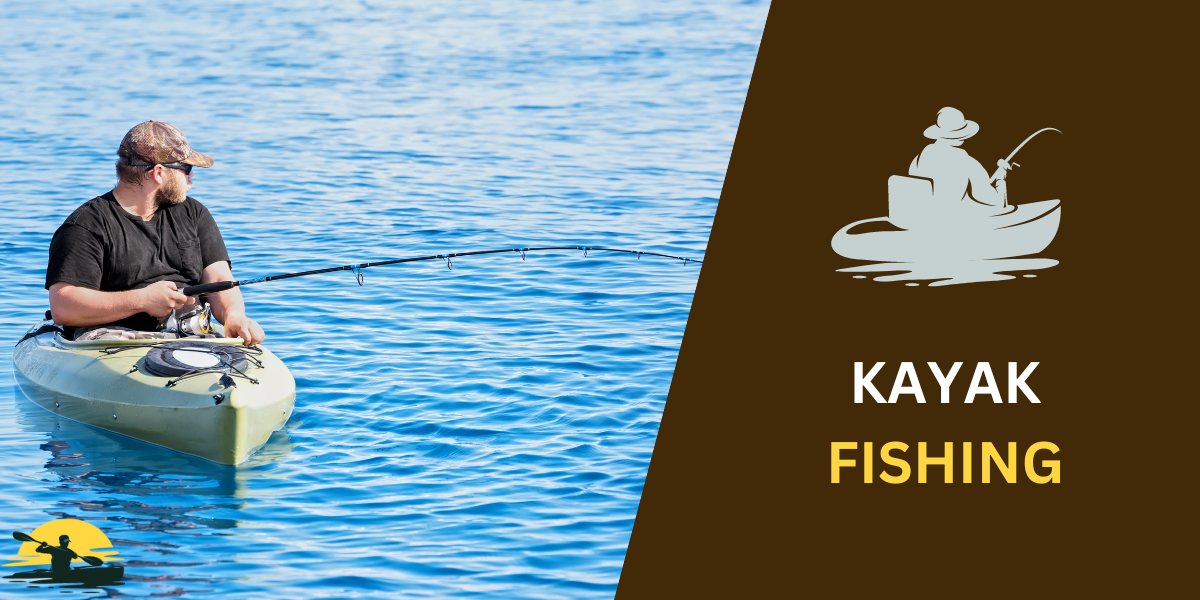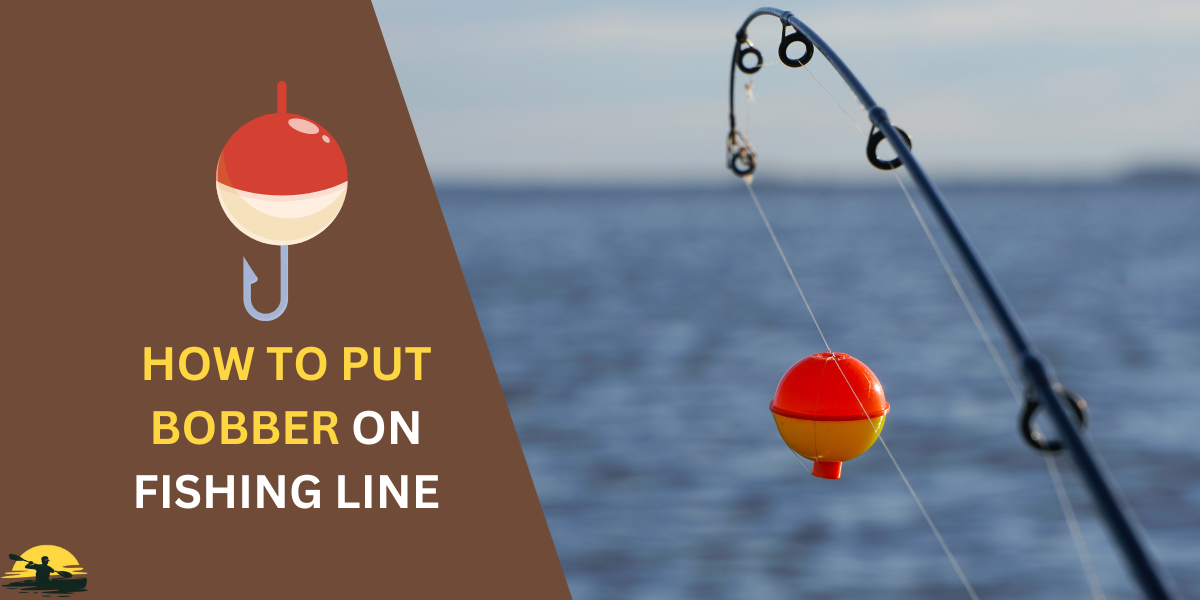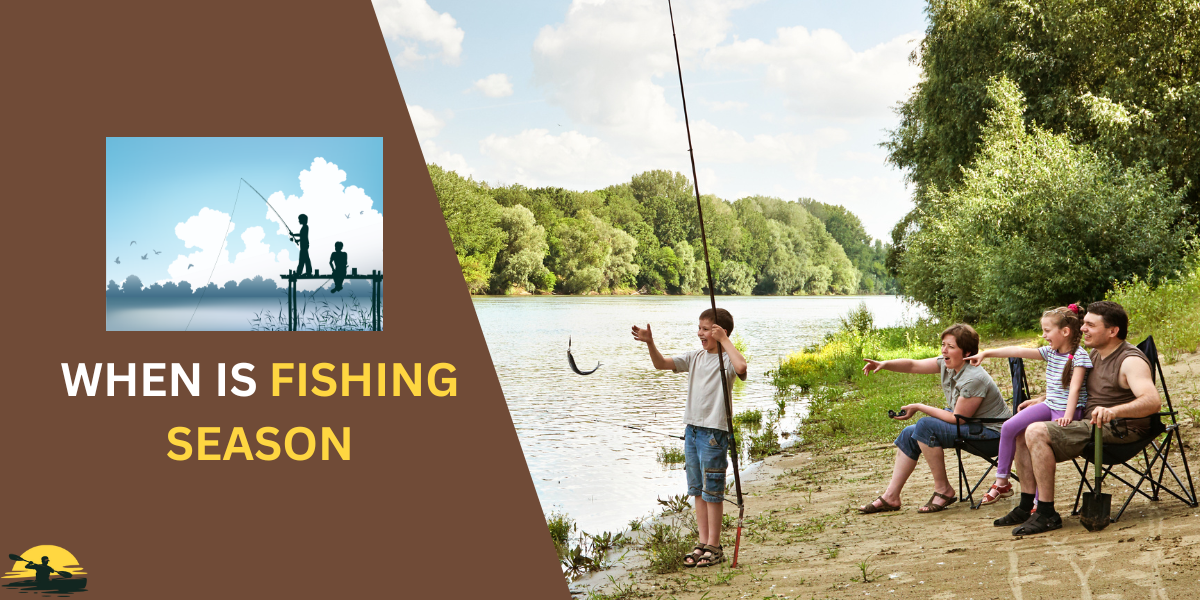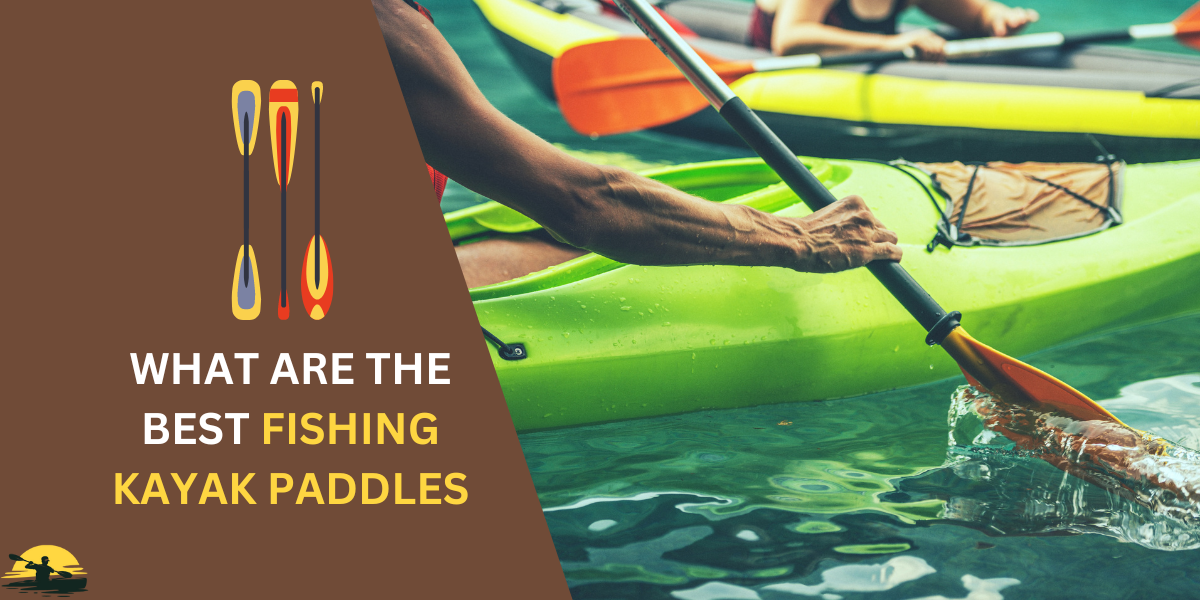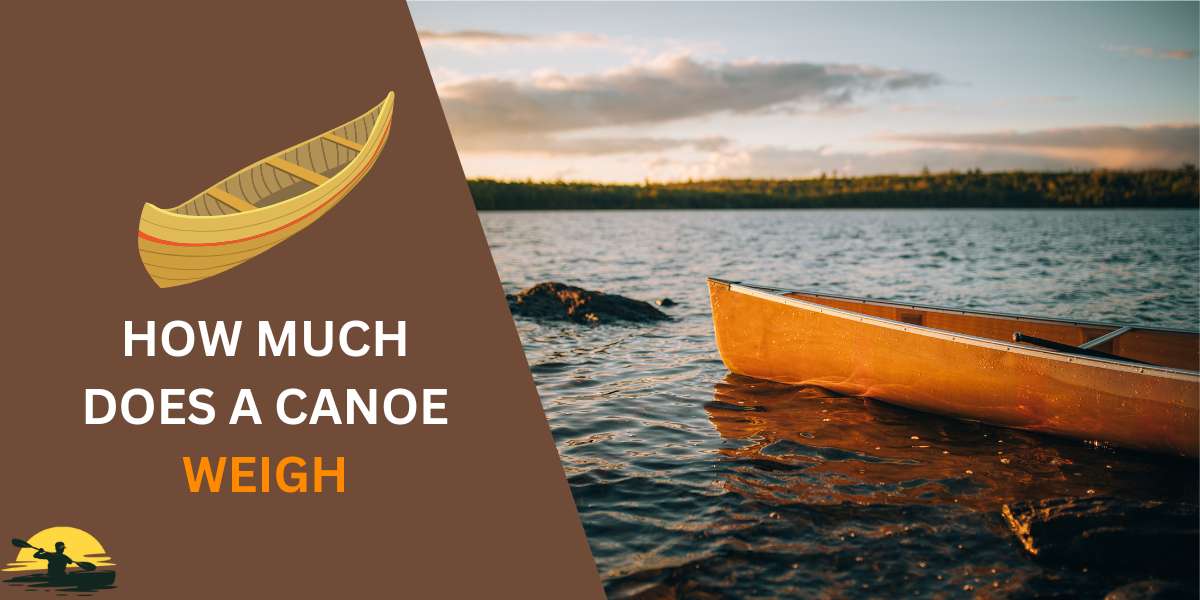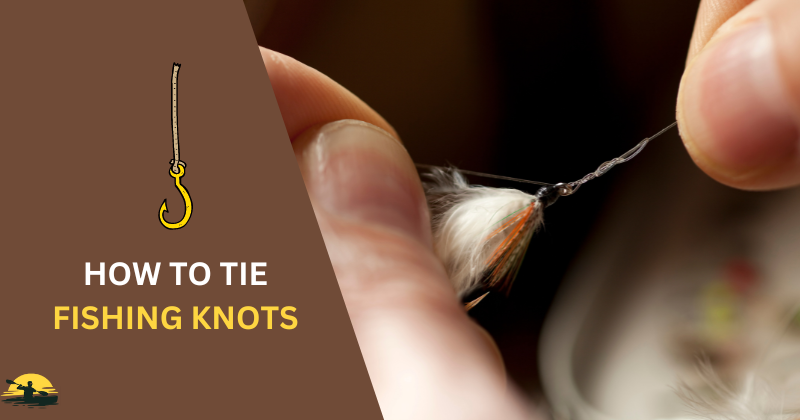
Have you ever lost a big fish because your fishing line slipped off the hook?
It’s frustrating, right? Tying a good knot is super important for any fisherman.
In this guide, we’ll teach you how to tie the best fishing knots out there, like the Uni Knot, Palomar Knot, and Clinch Knot.
With these knots, you’ll be able to keep your catch on the line and reel it in!
Understanding Fishing Knots
Okay, so why are strong fishing knots such a big deal?
Well, think of it this way – they’re like the glue that holds your whole fishing setup together.
Without good knots, your line could slip off the hook or, worse, snap altogether!
That means losing the fish you’ve been fighting for and maybe even your favorite lure. Not fun, right?
There are tons of different fishing knots out there, each with its special use.
Some, like the snell knot, are great for attaching hooks directly to your line. Others, like the classic overhand knot, are perfect for joining two lines together.

And then there are loop knots, which create, well, loops – handy for attaching lures or making your line more flexible.
In the next few sections, we’ll break down some of the most important knots every angler needs to know.
We’ll even show you how to tie them step-by-step! So stick around, and let’s get knot-tying!
Must-Know Fishing Knots for Beginners
Let’s kick things off with some easy-to-learn knots that every beginner should have in their toolbox.
The Improved Clinch Knot
This one is a real superstar – simple, strong, and perfect for attaching hooks, swivels, or even lures directly to your line.
It’s particularly good for monofilament lines but works with fluorocarbon and even braided lines, too.
We’ll show you how to tie it in a bit, and you’ll see just how easy it is!
The Palomar Knot
This is another fantastic all-rounder.
It’s known for being super strong and reliable, making it a great choice for all sorts of fishing situations. It’s also a breeze to tie, which is always a bonus!

The Uni Knot
If you’re using a braided fishing line, this is your go-to knot.
It’s also good for fluorocarbon and monofilament, so it’s a real multi-tasker. Plus, it’s easy to learn and creates a strong, secure connection.
The Surgeon’s Knot
Do you ever need to join two lines together? That’s where the Surgeon’s Knot comes in handy.
It’s perfect for connecting lines of the same or even slightly different diameters, and it creates a smooth, low-profile join that won’t get caught in your rod guides.
The Loop Knot
This one’s a bit different – instead of attaching something to your line, it creates a loop at the end.
This can be useful for attaching lures or flies that need a bit more movement in the water.
Now that you know the names, let’s get down to the nitty-gritty of tying knots!
The Improved Clinch Knot: Your Go-To Knot
Alright, let’s dive into the Improved Clinch Knot.
It’s one of the most popular fishing knots out there, and for good reason!
It’s simple to tie, it’s strong, and it works with most types of fishing lines, including that tricky braided line.
Here’s how to tie it:
Thread the line: Pass the end of your line through the eye of your fishing hook. Then, wrap the tag end (the loose end) around the standing line (the main part of your line) 5-6 times.
Make a loop: Bring the tag end back through the first loop you created near the eye of the hook.
Thread again: Now, pass the tag end through the larger loop you just made.
Wet and tighten: Wet the knot with some saliva or water. This helps it slide into place better. Then, pull on both the standing line and the tag end to tighten the knot.
Trim the tag end: Cut off the excess tag end close to the knot. This keeps things neat.

And that’s it! You’ve just tied an Improved Clinch Knot.
It’s a great knot for beginners because it’s easy to learn and remember. Plus, it’s strong enough to handle most fishing situations.
Remember:
- The Improved Clinch Knot is best for attaching hooks, swivels, and lures to your line.
- It works with most types of fishing lines, including monofilament, fluorocarbon, and even braided lines.
- It’s not the absolute strongest fishing knot out there, but it’s plenty strong for most fishing situations.
- Practice makes perfect! The more you tie this knot, the better you’ll get at it.
So, grab some lines and a hook, and start practicing!
The Palomar Knot: Simple But Strong
Next up, we have the Palomar Knot.
Many anglers love it for being super easy to tie yet incredibly strong.
It’s a great choice for all sorts of fishing, and it works particularly well with braided lines.
Here’s how you tie it:
Double the line: Fold over about 6 inches of your line to create a loop.
Thread the loop: Pass the looped end of your line through the eye of your hook.
Tie an overhand knot: Tie a simple overhand knot with the looped end, making sure the hook hangs loose at the bottom of the loop.
Pass the loop: Carefully pass the entire loop over the hook.
Wet and tighten: Wet the knot and pull on both the standing line and the tag end to tighten it securely.
Trim the tag end: Snip off the excess tag end close to the knot.
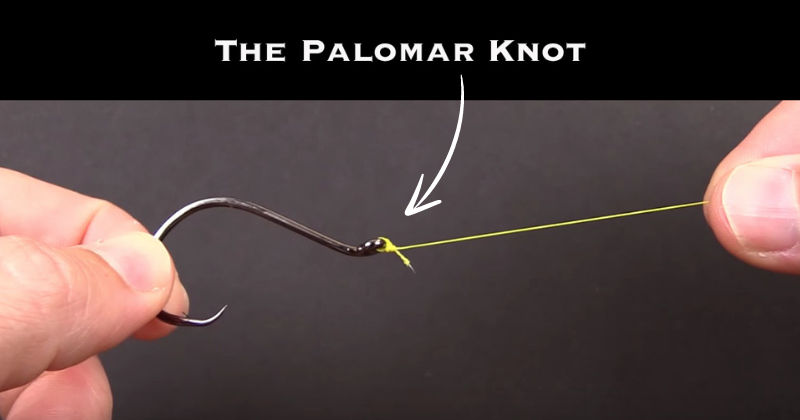
And there you have it – the Palomar Knot! It’s a fantastic knot for beginners because it’s so easy to learn, and it’s reliable enough for most fishing situations.
Here are a few things to keep in mind:
- The Palomar Knot is super strong and works great with all types of fishing lines, especially braided lines.
- It’s perfect for attaching hooks, lures, and swivels.
- Some anglers find it a bit tricky to pass the loop over the hook, especially with larger hooks. Just take your time and be patient!
- Like most fishing knots, the Palomar Knot gets even stronger when you wet it before tightening.
Give the Palomar Knot a try next time you’re out fishing, and see how easy and effective it is!
The Uni Knot: A Braided Line Champ
Alright, let’s talk about the Uni Knot.
This one’s a favorite for anglers who use braided lines, but it also works well with fluorocarbon and monofilament lines.
It’s a versatile knot that’s known for its strength and reliability.
How to Tie the Uni Knot:
Pass through the eye: Thread the end of your line through the eye of the hook and pull about 6 inches through.
Make a loop: Double the line back, forming a loop.
Wrap around: Wrap the tag end around the doubled line and through the loop 5-7 times.
Wet and tighten: Wet the knot and pull on both the standing line and the tag end to tighten.
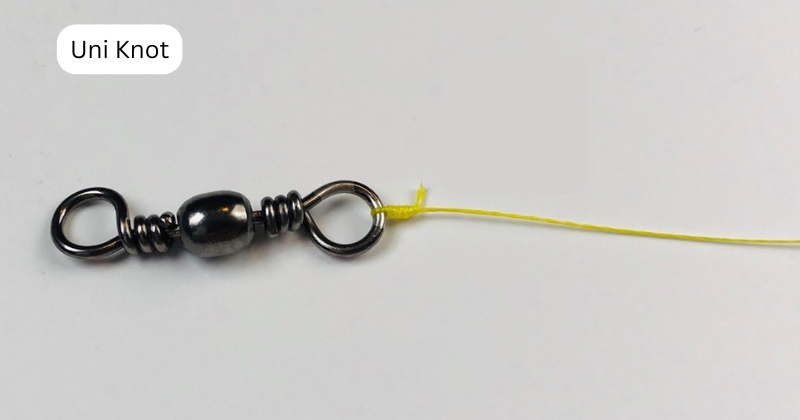
Trim: Cut off the excess tag end.
There you go! You’ve just tied a Uni Knot. It might take a bit of practice to get the wraps just right, but once you get the hang of it, it’s a quick and easy knot to tie.
Key Points to Remember:
- The Uni Knot is a great choice for braided lines, but it also works with other types of lines.
- It’s a strong and reliable knot that’s perfect for attaching hooks, swivels, and lures.
- It’s a bit more complex than the Palomar Knot or the Improved Clinch Knot, but it’s worth learning if you use braided lines frequently.
Some anglers might compare the Uni Knot to other knots like the Trilene Knot or even a simple overhand knot.
But the Uni Knot stands out for its versatility and strength, making it a valuable addition to any angler’s knot-tying repertoire.
So give it a shot and see how it works for you!
Conclusion
So there you have it – a crash course in some of the most important fishing knots out there.
We covered everything from the simple overhand knot to the versatile Uni Knot.
Remember, practice makes perfect. The more you tie these knots, the easier it’ll get. Soon, you’ll be tying them like a pro!

Now that you’ve got the knot-tying skills down, it’s time to hit the water.
Whether you’re using a monofilament line or braided line, you’ll have the confidence to tie a strong, secure knot that will keep your catch on the line.
So grab your gear, head to your favorite fishing spot, and cast away! Happy fishing!
Frequently Asked Questions
What is the strongest fishing knot?
The Palomar knot is widely considered one of the strongest fishing knots, offering high breaking strength and reliability.
Which knot is best for the braided line?
The Uni knot is a popular choice for braided lines due to its ability to grip the smooth fibers effectively.
How do I tie a knot for a fishing hook?
The Improved Clinch Knot is a simple and effective knot for attaching hooks to your line.
What’s the easiest fishing knot to tie?
The single overhand knot is perhaps the simplest knot to tie, although it’s not the strongest for fishing.
How often should I check my fishing knots?
It’s a good practice to check your knots before each cast and after landing a fish, especially if you’re using a mono filament fishing line, which can weaken over time.


